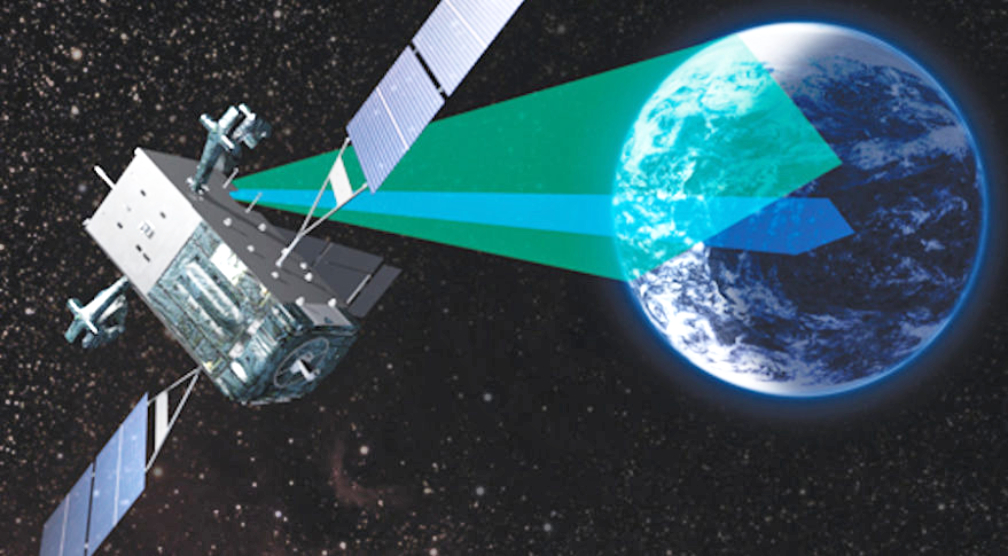
Raytheon Intelligence & Space, a Raytheon Technologies business, has completed a Critical Design Review (CDR) of their competitive sensor payload design for the U.S. Space Force’s Next-Generation Overhead Persistent Infrared or Next-Gen OPIR, Block 0 GEO missile warning satellites, which are being designed and built by spacecraft prime contractor Lockheed Martin.

RI&S is moving forward with unit risk-reduction activities, flight hardware manufacturing, test, assembly and payload delivery. Much of the testing is completed in a digital environment, allowing engineers to visualize and assess the full mission thread from design to launch to post-delivery support. This type of agile development can offer rapid and iterative design insights while modeling evolutionary payload upgrade capabilities to meet future threats and mission requirements.
Planned to provide more resilient missile warning, Next-Gen OPIR Block 0 was implemented by the Department of the Air Force as a “Go Fast” acquisition program. Lockheed Martin Space selected Raytheon Intelligence & Space as one of two teams to design a viable sensor payload for the program. The first geostationary-orbiting satellite is targeted for delivery 60 months from initial design.
“Protecting the U.S. and our allies from the threat of adversaries’ advanced missile technology begins in space,” said Paul Meyer, vice president of Space & C2 for RI&S. “With this most recent milestone, we are on schedule with Lockheed Martin on this go-fast program. Our digital engineering approach includes mission-scenario simulations that model our full suite of capabilities to predict how they will work on-orbit. We’re able to iterate in real time to validate system requirements.”
